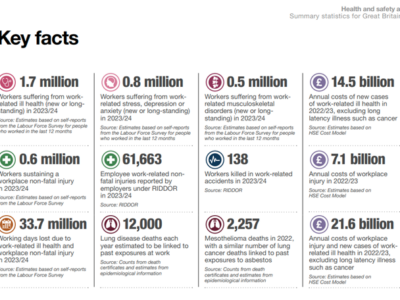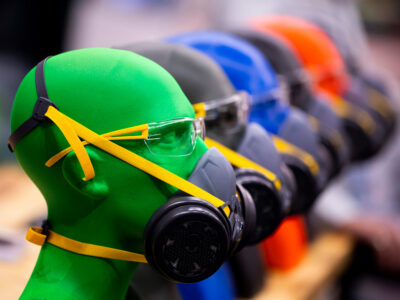Working in Cold Weather – What Are Your Rights?
The minimum temperature in an indoor workplace should normally be at least: 16°C or 13°C if much of the work involves rigorous physical effort The Law The Workplace (Health, Safety and Welfare) Regulations require employers to provide a reasonable indoor temperature in the workplace. This depends on the work activity and the environmental conditions. The Construction (Design and Management) Regulations require reasonable workplace temperatures for indoor areas of construction sites. Where the site is outdoors, you must provide protection from…












